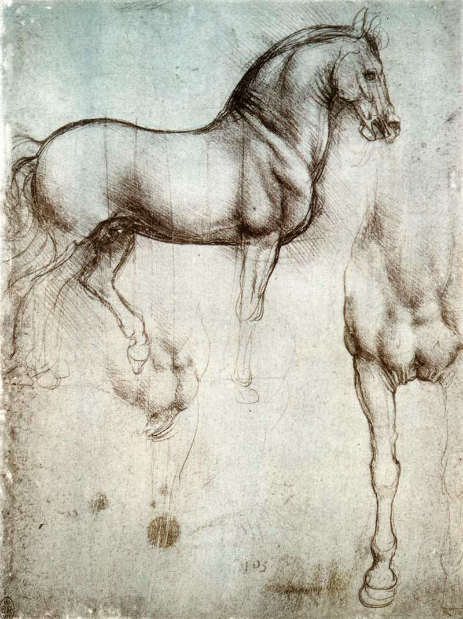
Creativity is probably the most crucial skill in today’s world. There is ongoing debate about whether creativity is a skill that can be developed or a trait that is innate to certain individuals. The truth is, while not everyone may be creative, everyone was at some point in their childhood.
Some children are innately gifted with a creative mindset and are able to maintain it despite being in environments that may not foster it. However, all children have a natural curiosity to explore and learn and are open to experiences relishing the fun of the process without being overly concerned about the outcome. And the reason for that is that they don’t have any preconceived ideas or established knowledge about the world.
And if you are determined to develop your creative thinking skills, go back there, embrace not knowing, becoming comfortable with being the newbie or the “ignorant” one among all. In fact, intentionally unlearn what you do know and learn to look at things from a new perspective – cultivate the beginner’s mindset.
Going against perfectionism, societal pressure to always appear knowledgeable and competent or letting go of previously held beliefs is a daunting thing to do. And yet again, a basic drawing exercise could probably teach us something here.
Many years ago, I was gifted with the book “Keys to Drawing” by Bert Dodson where I first encountered the distinction between “seeing” and “knowing” as two distinct modes of perception and it completely transformed my thinking process, in all aspects of my life not just when I needed to think creatively.
You see, “Seeing” is the act of observing the world around us with an open and receptive mind, paying attention to the details in front of us. On the other hand, “knowing” is the process of applying our pre-existing beliefs and assumptions to what we are seeing.
Creative magic happens when you learn to see. It takes nerve to ignore what we know and to focus on what we see. We tend to have mental images of how things should look based on our memories. Let’s take drawing for example. While we may think that our mental image is an exact representation of the real thing, when we try to draw these mental images, we quickly realize that we don’t have nearly enough information about shape, proportion, contour, or texture to do the job with precision.
To test this concept, try drawing an apple from memory. Then grab a real apple, put it in front of you and paint it as accurately as possible. Observe the proportion, the texture, the little details and you’ll be able to better capture the richness of the visual experience. Whenever you get overwhelmed by some details, squint like an artist, focus your attention to that particular detail and blur out the rest.
Regardless of your level of experience or knowledge in basic principles of drawing, (perspective, anatomy, light, shadow etc.) seeing always comes first.
I bet once you cultivate the mindset, you’ll most likely project it on all aspects of your thought process and I promise you, you’ll be surprised.